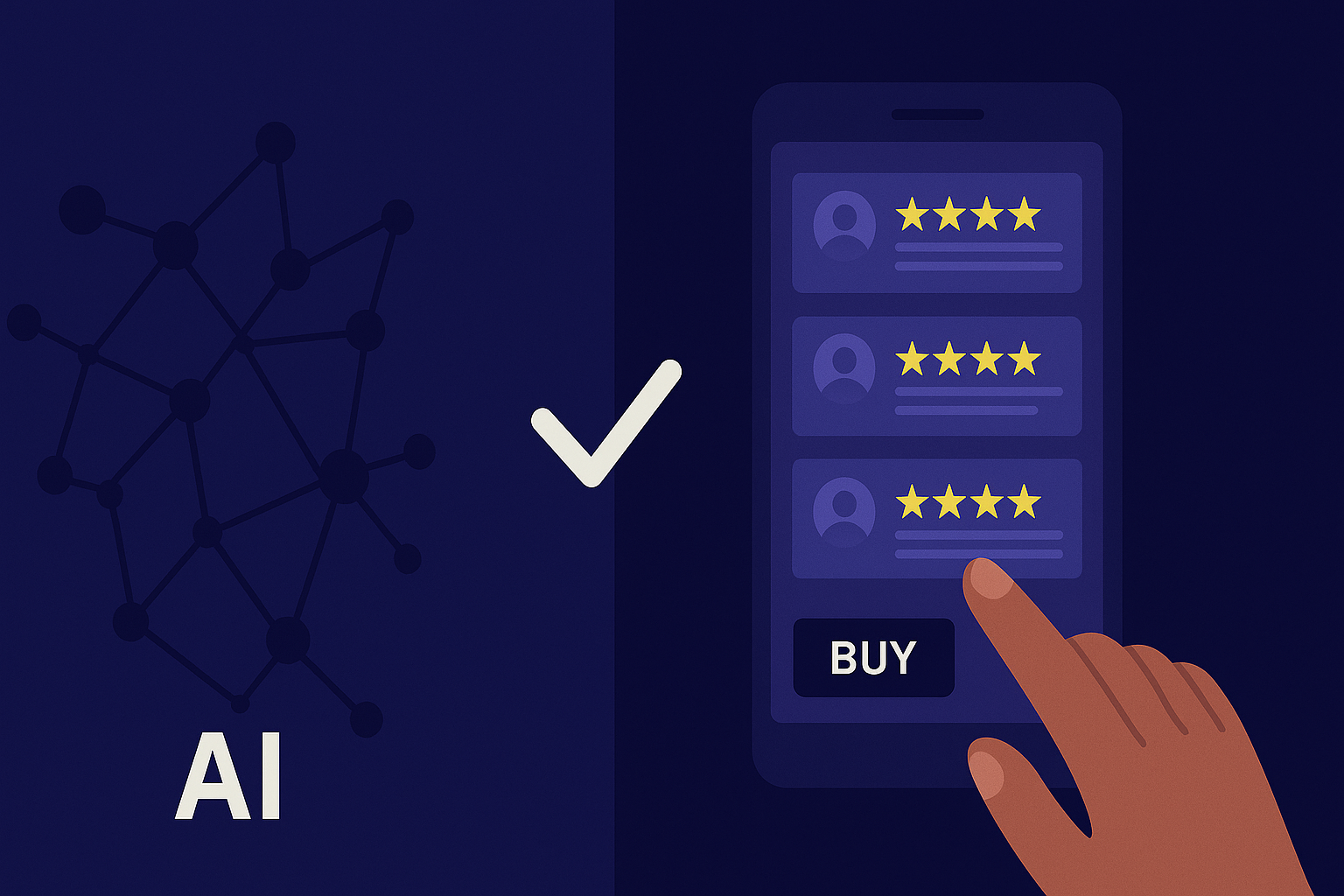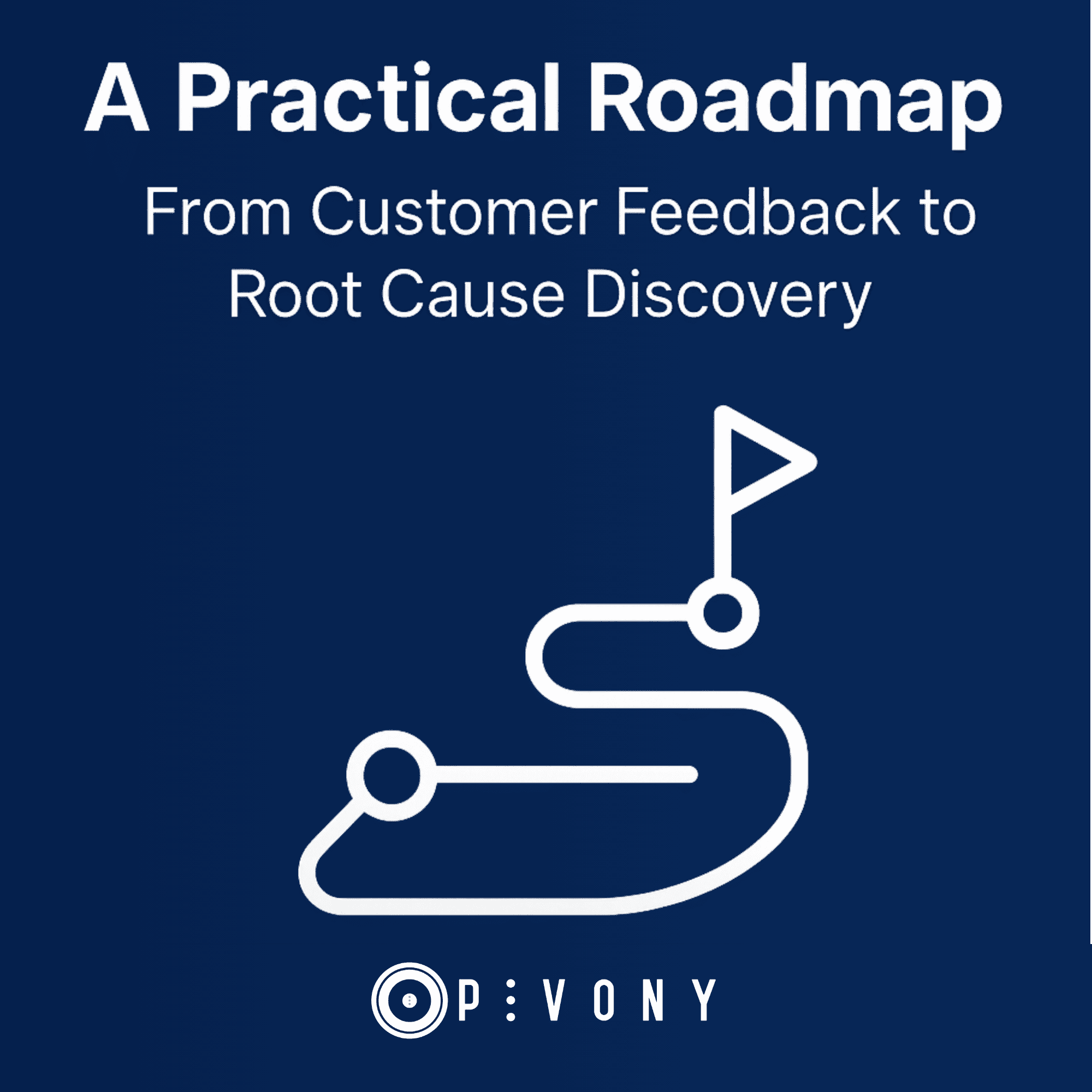Stop before reading this article and remember the last time you improved your product or service based on a customer review. If you have never attempted to check customer reviews, you should know that 78% of people trust online reviews. If you had few attempts, you should know that analyzing customer reviews should become an integral part of your business model in the age of big data. And, if you are strategic enough to analyze customer reviews continuously, you should know there is a more time-efficient and inexpensive way to analyze them.
Today’s world is a place where everything has an application. These are not just about social media platforms, mobile games, or entertainment apps. Now, application markets have more than these. While farmers control their irrigation system with mobile apps, people do meditation with well-being apps. It is a fact that the pandemic has changed customer behaviors and expectations. Health care applications were used 37% more during the pandemic. People are using mobile apps for their grocery shopping since the outbreak of the pandemic; in a way, there is no human contact to get customer reviews for their shopping experience.
As the way customers get a service change, methods to track customer satisfaction needs to change. In a world that is becoming more technology-reliant every day, it is impossible to ignore the benefits of integrating technology into your business model. Customers are using various platforms to convey their complaints about various issues. But how much attention has it received from these companies? Are companies as customer-centric as they claim?
What does it mean to become truly customer-centric?
Customer centricity inevitably has an important effect on growth. Building your business on your customer’s expectations means customer satisfaction will increase. Businesses succeeding to satisfy customer expectations continuously can outperform in the market by increasing customer loyalty and engagement.
For users, submitting an app review is one of the easiest ways to speak about their experience of your product and services. Young generations do not prefer to talk to the customer services departments. Also many users prefer to submit directly to the page of the application because they care about the other users, they want to share their experience with others. As a specific example, one can buy a premium membership and if he/she is unsatisfied, he/she would prefer to share this experience with others so that they won’t have the same bad experience.
The businesses should see the benefit of the automation tools and instead of assigning manual time-consuming tasks to their employees, they should rather make them more productive by assigning tasks such as competitor analysis, finding opportunities, measuring the impact, seeing how the customer expectations evolve, communication strategies and more. Companies doing this will definitely see the benefit in even short-term.
Companies have to listen to their customers everywhere they are. Both App Store and Google Play store enables users to rate your app, but these ratings are not enough to understand how your brand is performing. Firstly, many users give high scores even if they have complaints about your brand because they believe higher ratings will rank their comments at the top. Secondly, users can be satisfied with your app, but they might have problems with your brand’s practices. Therefore, you need a deep dive into customer reviews to understand your customers and improve your business.
1. Detect bugs and interface feedback:
A reliable source UX designer can rely on is users’ feedback. The user interface is the bridge between your business goals and users’ motivation about your product. A bad interface or bugs would cause your application to lose users. Furthermore, it is likely to reduce the reliability of your brand. Users can switch from the desire to use an app to delete it very quickly. Hence, your team should be very proactive about improving UX.
2. Learn about customer support dissatisfaction:
Many users share their customer support dissatisfaction through app reviews. Customer support is a key to retaining customers and even engaging them more to your brand. Consumers will appreciate it if you can solve their problems and become more loyal to your brand. If a business claims that they are customer-centric, their customer support services should answer users’ needs. According to our analysis, users state their complaints about Vodafone’s attraction directly in the application comments instead of the customer support line. We also found that the Deliveroo customers express their discomfort about advertising strategies in the application comments. Therefore, customer support services are not restricted to your support line or e-mail address, but it is in any resource that your users communicate with you.
3. Be one step ahead of your competitors:
In some cases, reading your app’s reviews is not enough. Your application has both direct and indirect competitors. Keeping track of their strengths and weaknesses will enable your business to compete strategically. For example, Strava users are unhappy with the app’s support services and policy-related posts. These weaknesses are great opportunities for competitors like Tonal and Strydal, as they can highlight customers’ pain points with marketing campaigns and attract dissatisfied Strava users to their platforms.
Bonus: Pro Tips for Effective App Reviews Analysis
Even though app reviews are precious, there are millions of reviews available, and it requires a significant amount of time and monetary sources to keep track of these reviews. Companies need to have personnel and time dedicated to analyzing app reviews. The human perspective is biased. They can underestimate facts that are opposed to their viewpoint. Hence, the quality of insights-driven is likely to be low. According to Capgemini’s research, while 75% of organizations think they are customer-centric, 30% of consumers believe in the case. The difference between these two ratios is called the empathy gap. The business that closes this gap will be the leader in the industry. The necessary steps to achieve this are:
1- Find suitable sources to listen to your customer:
You have to listen to your customers from everywhere. You should follow both your social media trends, especially over Instagram and Twitter, as well as app reviews. They may have hidden clues that will transform your business. For instance, mobile store reviews showed that Snapchat users would appreciate a dark mode. The information available in one platform does not necessarily exist in others. Truly customer-centric businesses should hear their customers from all sources.
2- Analyze them:
Just reading comments one by one, which is impossible, or batch response automation will not be enough to satisfy your users. It is crucial to understand your customer needs. Dissatisfied customers create a domino effect; a small group of customers you overlook will lead to more dissatisfied customers. According to research, the cost of customer dissatisfaction with one negative comment is 30 customer losses.
3- Take action:
Take action, but don’t forget to follow the consequences of your action. Understanding your customers is an ever-changing process. Customers’ needs are not static, so your business should have a dynamic approach to satisfying customer expectations. Solving the problem is just one step, a truly customer-centric business should always seek an answer for the question: “Do users think their problem is solved?”. Even if the problem is solved, your solution might lead to another problem in the upcoming months. It is as important as listening to and solving users’ problems and following the impact of the solution. So take action, but don’t stop listening.
If possible, you should exclude anything that is not automated from your business model to increase efficiency. Lucky for you, you no longer have to manually read your users’ feedback or hand it over to someone else! Now, thanks to the social insights and engagement platforms supported by artificial intelligence, you can do all these processes much easier and faster. With just a few clicks, you can do all these steps yourself with any app, data source or keywords you want, without waiting for the results for days or weeks.
.png)




